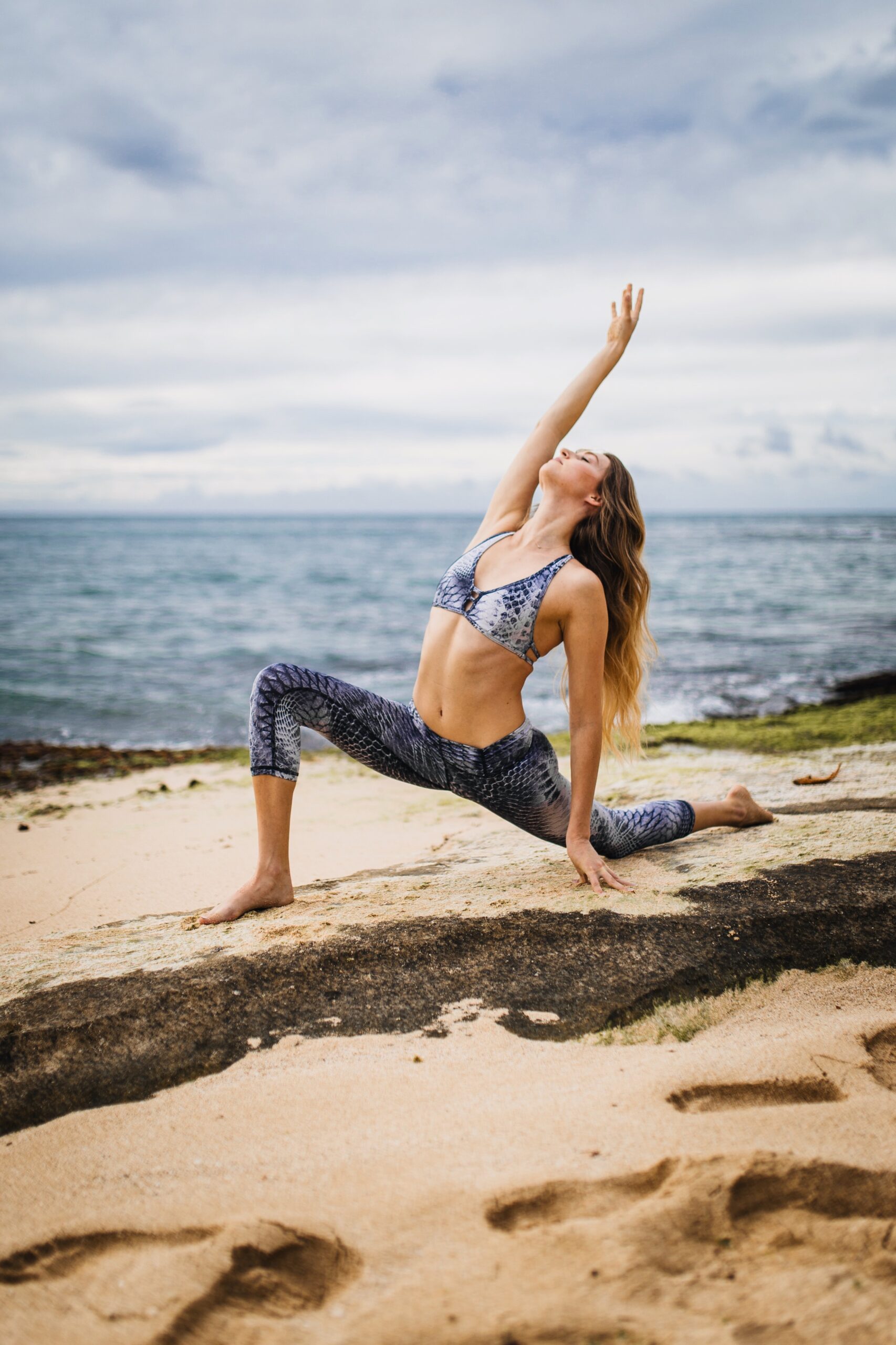
Balancing poses in yoga are both beautiful and challenging, demanding a deep connection between mind and body. This comprehensive guide will help you master the art of balancing poses, whether you’re a seasoned yogi or a beginner. In this 3000-word guide, we’ll delve into the fundamentals, alignment principles, variations, and benefits of these poses to elevate your practice and find inner stability.
Understanding Balancing Poses
Balancing poses, including Vrksasana (Tree Pose), Ardha Chandrasana (Half Moon Pose), and Utthita Hasta Padangusthasana (Extended Hand-To-Big-Toe Pose), challenge your physical and mental equilibrium. They demand presence, strength, and flexibility, making them an integral part of yoga’s holistic approach to well-being.
FUNDAMENTAL PRINCIPLES
Before diving into specific balancing poses, let’s establish some fundamental principles that apply to most of them:
- Drishti (Focus Point): Pick a fixed point to gaze at, which helps improve concentration and balance.
- Alignment: Proper alignment is crucial. Distribute your weight evenly and engage your core to stabilize your posture.
- Breath Control: Maintain steady and controlled breathing throughout the pose. Deep breaths can help calm the mind and maintain focus.
- Muscle Engagement: Activate the muscles in your legs, core, and glutes to support your balance.
- Patience and Practice: Balancing poses can be challenging, especially at first. Be patient with yourself, and remember that consistent practice is the key to improvement.
Here you can find our top yoga deals!
Balancing Poses
Let’s explore a few essential balancing poses:
Vrksasana (Tree Pose)
- Begin in Tadasana (Mountain Pose).
- Shift your weight onto one leg while bending the other knee, placing the sole of the foot against the inner thigh or calf.
- Keep your hands in prayer position or reach them overhead.
Ardha Chandrasana (Half Moon Pose)
- Begin in Trikonasana (Triangle Pose).
- Shift your weight onto one foot, bend the front knee, and bring your hand to the floor or a block.
- Lift the back leg, extending it parallel to the ground, while reaching the opposite arm upward.
Utthita Hasta Padangusthasana (Extended Hand-To-Big-Toe Pose)
- Start in Tadasana.
- Lift one leg and hold the big toe with your fingers.
- Extend the leg forward while maintaining a straight spine and an engaged core.
VARIATIONS AND PROGRESSIONS
Balancing poses offer a wide range of variations and progressions to keep your practice engaging and challenging. Some variations include using props like blocks or straps, transitioning between poses, or incorporating balancing poses into a flow sequence.
Mental and Emotional Benefits
Balancing poses extend beyond the physical realm, offering mental and emotional benefits:
- Focus and Concentration: These poses demand your full attention, helping you sharpen your focus and concentration skills.
- Stress Reduction: The meditative aspect of balancing poses can reduce stress and promote a sense of calm and tranquility.
- Self-Confidence: As you conquer challenging poses, your self-confidence and belief in your abilities grow.
INCORPORATING BALANCING POSES INTO YOUR PRACTICE
To make the most of balancing poses in your practice:
- Include Them Regularly: Dedicate a portion of your practice to balancing poses, gradually increasing their complexity.
- Warm-Up: Start with gentle warm-up poses and stretches to prepare your body and mind.
- Mindful Transitions: Flow gracefully between balancing poses, maintaining mindfulness and awareness.
- Cool Down: Conclude your practice with relaxation poses like Savasana (Corpse Pose) to integrate the benefits of your practice.
Conclusion: Find Your Inner Balance
Balancing poses in yoga offer a path to inner harmony and self-discovery. Through patience, practice, and mindfulness, you can master these poses, improving your physical balance and enhancing your mental and emotional well-being. Incorporate balancing poses into your practice, and you’ll find that the lessons learned on the mat extend far beyond the studio, helping you find balance in all aspects of life.

